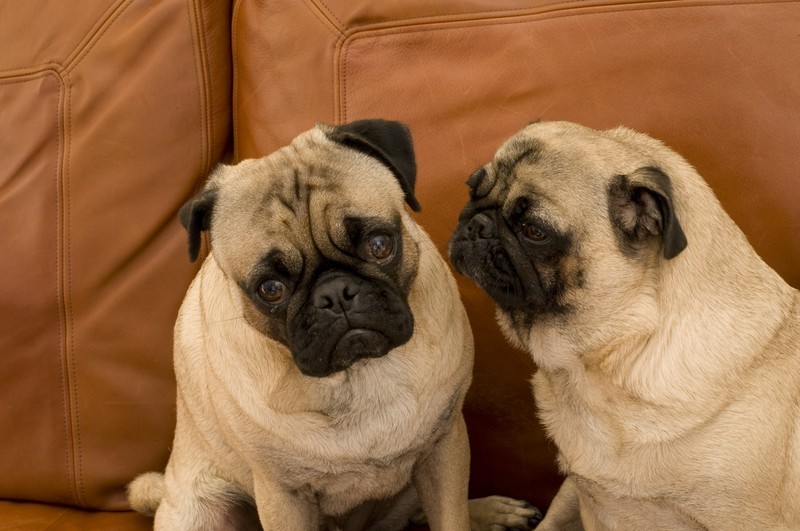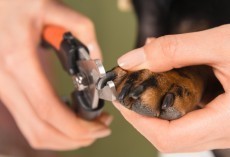We do love our dogs but that constant whine is concerning. The following is a list of possible reason why your pup whines.
10. Appeasement Behavior. Some dogs whine excessively when interacting with people and other dogs, usually while adopting a submissive posture (e.g., tail tucked, body lowered, head down, gaze averted).
9. Greeting Behavior. Some dogs whine during greetings. This kind of vocalization is usually motivated by excitement and may be directed at dogs or people.
8. Seeking Attention. Some dogs whine in the presence of their owners in order to get attention, rewards or desired objects.
7. Anxiety. Some dogs whine in response to stressful situations. In this context, whining sometimes seems involuntarily.
6. Separation Anxiety. If your dog only whines just before you leave or during your absence, she may have separation anxiety. If this is the case, your dog will usually display at least one other symptom of the disorder prior to your departure or when left alone, such as pacing, panting, excessive drooling, destruction (especially around doors and windows), urinating or defecating indoors, depression or other signs of distress.
5. Injury or Medical Condition. Dogs often whine in response to pain or a painful condition. If you notice that your dog vocalizes frequently or has suddenly started to vocalize, it’s important to take her to the vet to rule out medical causes.
4. Appeasement Whining. Dogs can try to appease people or other dogs when they perceive a threat or aggression being directed at them. Appeasement behaviors include holding the ears back, tucking the tail, crouching or rolling over on the back, avoiding eye contact or turning the body sideways to the perceived threat. Appeasement whining is also a normal canine behavior. You may be able to reduce your dog’s appeasement whining by building her confidence.
3. Whining During Greetings. Most dogs whine when greeting people because they’re excited, and in an extremely aroused state, they may not have control over their behavior. Instead, use management procedures to help prevent your dog from becoming overly excited. For example, downplay greetings, keeping them short and simple.
2. Attention-Seeking Whining. If your dog uses whining behavior to seek attention, rewards or desired objects, you need to teach her that remaining quiet is a better strategy. Sometimes reducing attention-seeking whining may be difficult because owners may unwittingly reinforce the behavior. Realize that any eye contact, touching or talking to your dog—even if you’re scolding her—all constitute attention. Use dramatic body language such as turning away from your dog or folding your arms across your chest and completely ignore her to indicate to your dog that her attention-seeking whining won’t work.
1. Anxious Whining. Whining as a result of anxiety is difficult to eliminate unless the cause of anxiety is removed. Anxious whining is usually accompanied by other nervous behaviors, such as pacing, circling and licking. Many anxious dogs do not seem able to control their whining when under extreme stress.
To learn more about whining please go to the ASPCA website. There you will also learn about “Hand Targeting”, a deterrent to whining, and a great training opportunity.
We also note there are some medications may help reduce your dog’s anxiety, a primary cause of whining. But please, in this extreme case, consult a Certified Applied Animal Behaviorist or a board-certified veterinary behaviorist.
*
https://www.aspca.org/pet-care/virtual-pet-behaviorist/dog-behavior/whining










Miranda Metheny
- Edit
Is this for real? It’s just 5 reasons repeated twice and reworded.
Tommy Bates
- Edit
Gina Rocco
Amanda Kristan Kubala
- Edit
Every single one is T Alexis Kubala